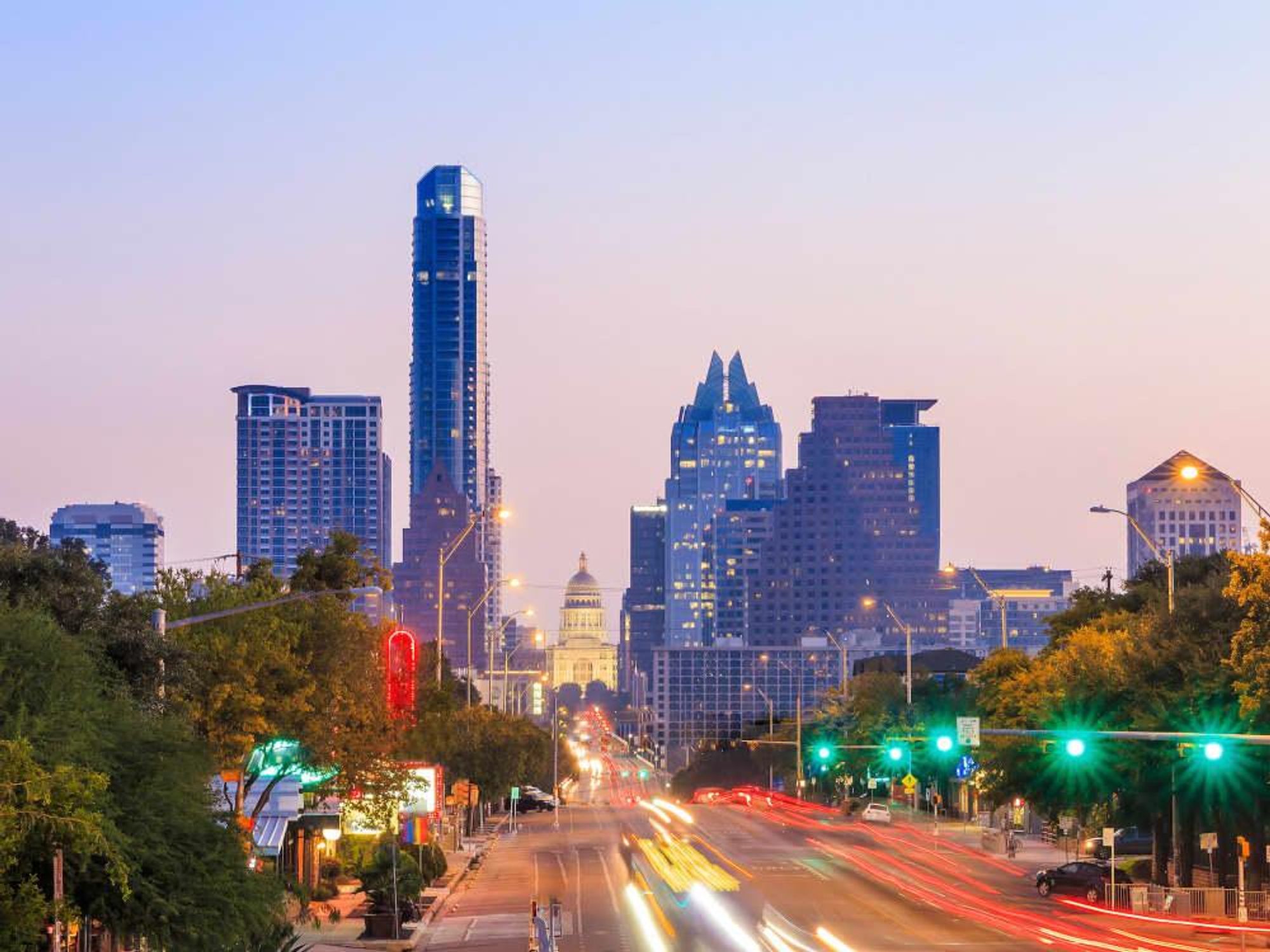
In what one expert calls a “sad and alarming” trend, pedestrian deaths in Texas rose dramatically from 2015 to 2016 amid a nationwide spike in such tragedies, with some of the blame being assigned to drunk walking and distracted walking.
Preliminary data collected by the Governors Highway Safety Association shows that from the first half of 2015 to the first half of 2016, the number of pedestrian deaths in Texas jumped 33 percent. That compares with a nationwide increase of 7 percent.
From January through June 2015, Texas recorded 242 pedestrian deaths, the highway safety group says. During the same period in 2016, the total was 322.
Overall, the U.S. saw an uptick of 174 pedestrian deaths from the first half of 2015 to the first half of 2016, according to the highway safety group. Of those deaths, 80 occurred in Texas — or 46 percent of the entire nationwide upturn.
A report released earlier this year by Smart Growth America ranked Texas the 10th most dangerous state for pedestrians, based on data regarding pedestrian deaths for 2005 through 2014. Among the country’s 104 largest metro areas, Houston ranked 15th for pedestrian danger, with Dallas-Fort Worth at No. 25, San Antonio at No. 28, and Austin at No. 47.
Smart Growth America calls the jump in pedestrian deaths an “alarming epidemic.” Between 2005 and 2014, the group says, Americans were 7.2 times more likely to die as a pedestrian than as the victim of a natural disaster.
Once full-year tallies are in, the Governors Highway Safety Association expects pedestrian deaths across the U.S. to have increased 11 percent from 2015 to 2016. “This is the second year in a row that we have seen unprecedented increases in pedestrian fatalities, which is both sad and alarming,” says transportation consultant Richard Retting, who authored the report from the highway safety group.
According to the Governors Highway Safety Association, Texas was:
- One of five states that reported more than 100 pedestrian deaths in the first half of 2016. The others were California, Florida, Georgia, and New York.
- One of four states accounting for 42 percent of all pedestrian deaths during the first half of 2016. The others were California, Florida, and New York.
- One of 10 states that had pedestrian fatality rates above 2 per 100,000 residents in the first half of 2016.
Experts pin part of the blame for the surge in pedestrian deaths on drunk walking and distracted walking.
Regarding drunk walking, a study by the Insurance Institute for Highway Safety found that more than one-third of pedestrians killed in traffic crashes in 2014 were impaired by alcohol. “Alcohol impairment contributes to poor decision-making, which can lead to dangerous pedestrian behavior — for example, crossing a street at a dangerous time or location,” the institute says.
Angela Eichelberger, a senior research scientist at IIHS who led the study, says education and enforcement efforts designed to reduce drunk driving may give people the “erroneous impression” that walking is a “safe alternative.”
“The public needs to be better informed about the dangers of alcohol impairment for anybody on the road,” Eichelberger says.
As for distracted walking, the Governors Highway Safety Association notes that smartphones represent both a mental and visual distraction for pedestrians.
“Everyone walks, and we want to encourage that, but at the same time we want to make sure that we all get to our destinations safely,” says Jonathan Adkins, executive director of the Governors Highway Safety Association. “Unfortunately, this latest data shows that the U.S. is not meeting the mark on keeping pedestrians safe on our roadways. Every one of these lives represents a loved one not coming home tonight, which is absolutely unacceptable.”

 Pilates is one of the many modalities on the schedule.Photo courtesy of Life Time
Pilates is one of the many modalities on the schedule.Photo courtesy of Life Time


 This giant sauna doubles as a social amenity.Photo courtesy of Life Time
This giant sauna doubles as a social amenity.Photo courtesy of Life Time The Life Time Lounge offers another place to hang out.Photo courtesy of Life Time
The Life Time Lounge offers another place to hang out.Photo courtesy of Life Time